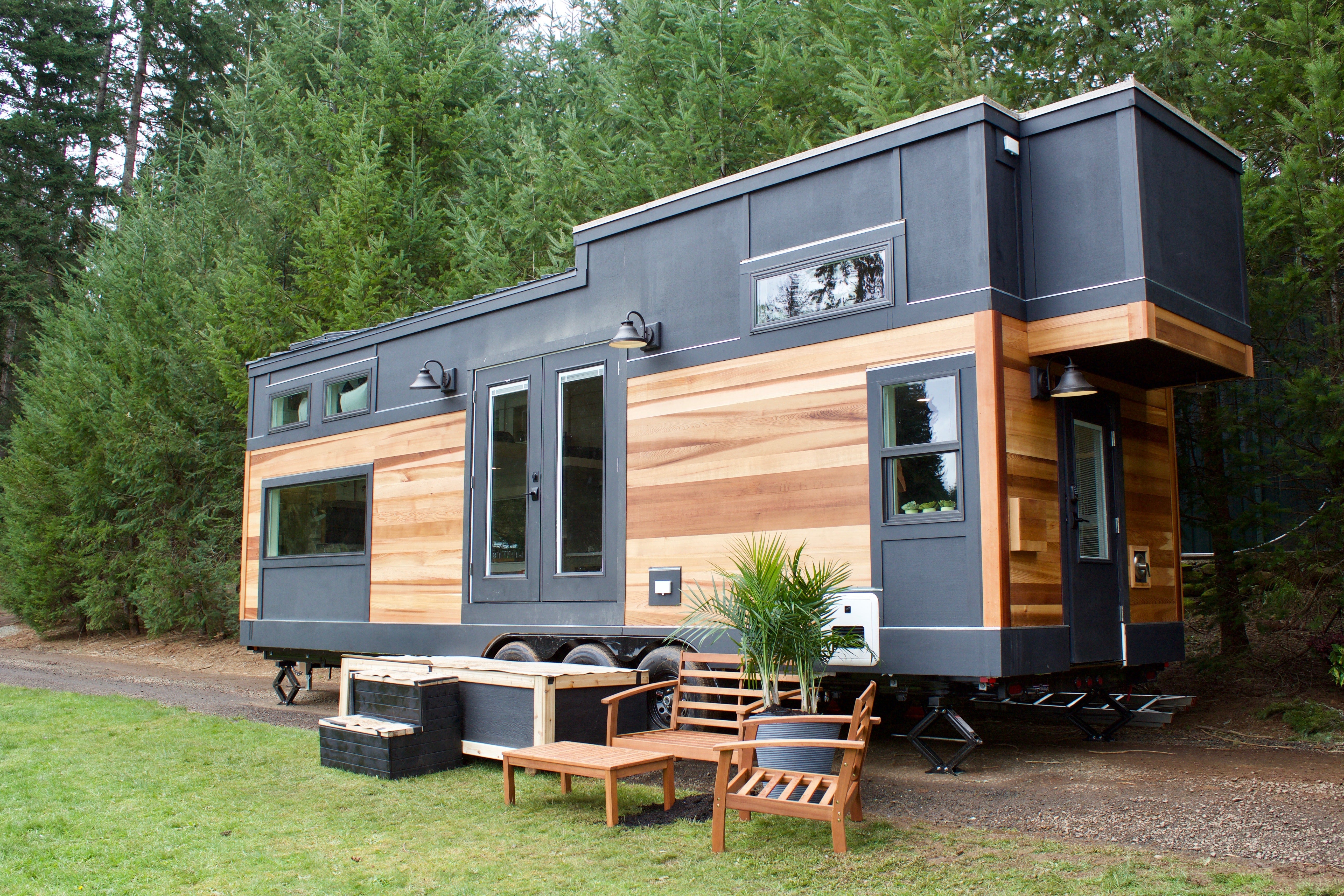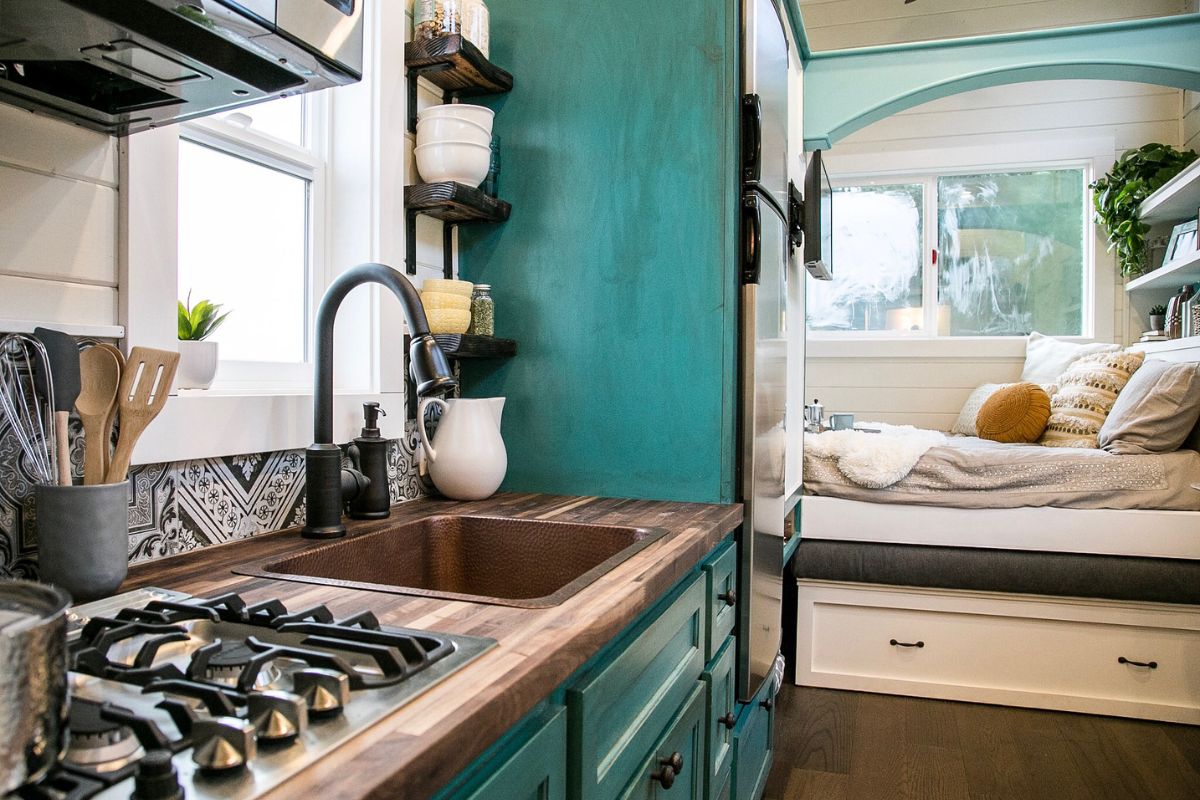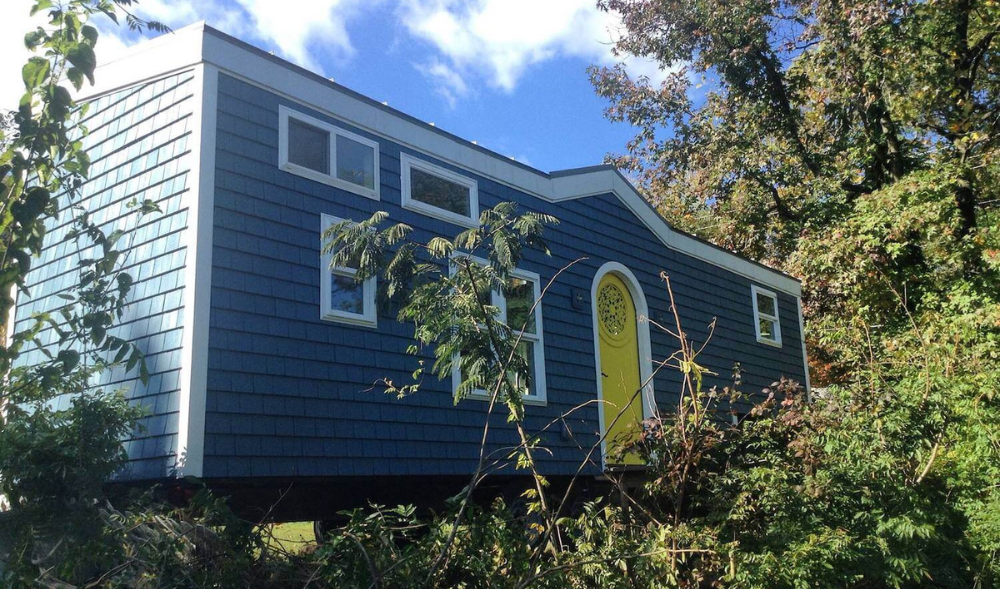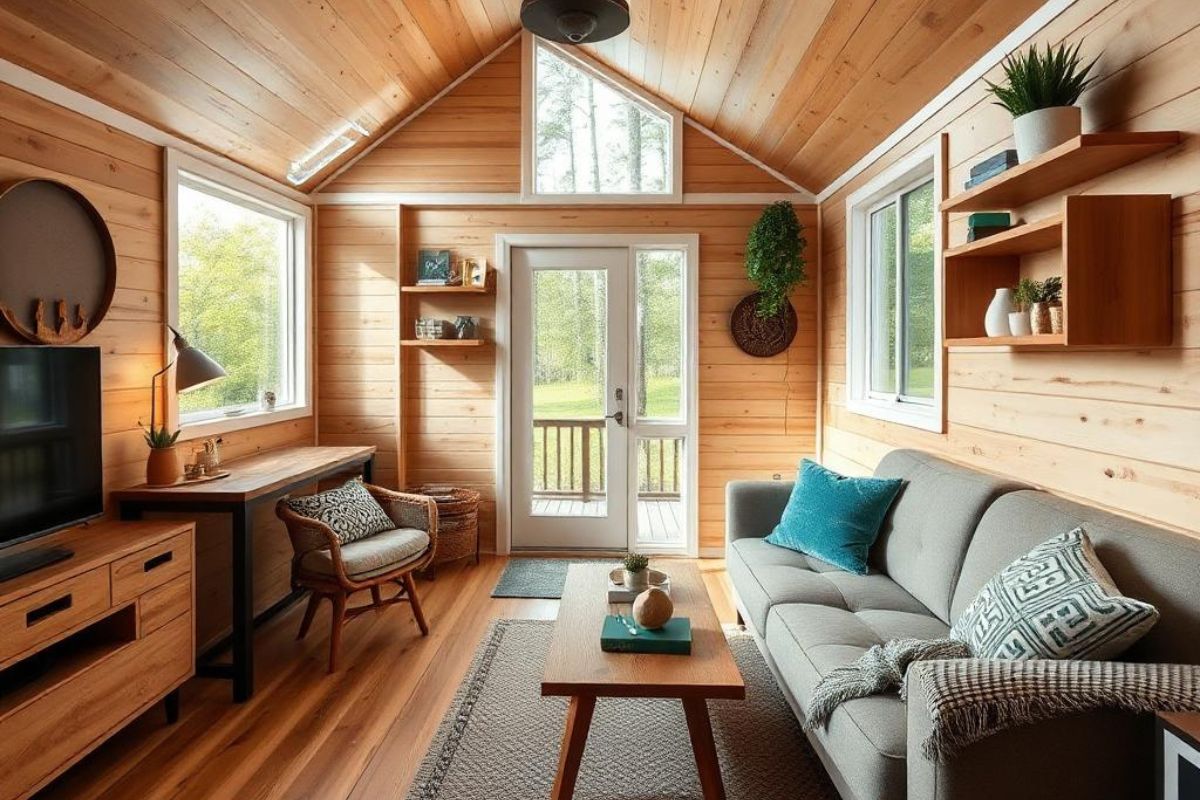Transforming a small area into a functional and inviting living space can be a fulfilling yet challenging endeavor. Whether it's a compact apartment or a cozy studio, maximizing space while maintaining style can feel overwhelming.
With the right strategies and considerations, it’s entirely possible to craft an environment that feels spacious and comfortable. Implementing these six crucial tips can help guide you in the remodeling process, ensuring your tiny space feels like a personal sanctuary.
Plan Your Layout Wisely
The first step in any remodeling project involves a detailed layout plan. In smaller spaces, every square foot counts, so it’s important to prioritize functionality without sacrificing aesthetic appeal. Think about how you want to use each area. Open floor plans often work well in tiny homes, allowing for versatility in the arrangement of furniture. Think about flow and ensure pathways remain unobstructed, making the space feel larger.

If you’re uncertain about optimizing your layout or need assistance with more substantial changes, hiring professionals can make a big difference. The team behind dreamcatcher-remodeling.com says that engaging specialists for larger tasks can streamline the process and provide expertise on solutions tailored for small spaces. Start by mapping out fixed elements like windows, doors, and built-ins to guide your layout choices. Define zones for sleeping, cooking, and relaxing to give each area a distinct purpose.
Arrange key furniture pieces first to anchor the space and build around them. Align high-use areas along natural pathways to reduce clutter and improve function. Adjust the layout as needed to accommodate your daily routines and maximize comfort.
Choose Light Colors and Reflective Surfaces
The color palette of a room can significantly influence how spacious it feels. Lighter colors such as whites, pastels, and soft greys can create an illusion of openness. Avoid dark hues, which tend to absorb light and can make a space feel cramped. Adding reflective surfaces, such as mirrors, glass furniture, or shiny finishes, amplifies natural light and enhances the brightness of the area.
Textures play a crucial role in perceived space. Glossy finishes or textured wallpapers can bring character and interest without overwhelming the senses. Incorporating lighter themes in design choices contributes to a more airy ambiance.
Strategically placing mirrors near windows can help bounce daylight throughout the room. Using high-gloss cabinetry or lacquered décor elements can further reflect both natural and artificial light. Light-colored flooring, such as pale wood or tile, can extend the effect of openness from floor to ceiling.
Think about translucent materials like frosted glass for dividers or doors to separate spaces without sacrificing brightness. Combining light tones with reflective accents can dramatically improve how open and inviting a room feels.

Maximize Vertical Space
Since horizontal space is often limited in smaller areas, look up to maximize vertical space. Utilize tall shelves that reach towards the ceiling, or install cabinet units above countertops. This creates storage without occupying too much floor area. Another strategy is to hang items like bikes or art on walls to free up more floor space.
Install hooks or pegboards in kitchens or entryways to store utensils or accessories. This keeps things organized and adds a personalized touch to your decor. Making the most out of vertical dimensions transforms how your space feels and functions.
You can stack furniture items creatively, such as using lofted beds with desks or seating areas underneath. Tall bookcases or ladder-style shelving units offer ample room for books, plants, and decorative items. Even vertical gardens can add life to a space without intruding on valuable floor space. Think about vertical lighting solutions like wall sconces to avoid cluttered tabletops.
Invest in Multi-functional Furniture
In small living environments, furniture that serves multiple purposes is a game-changer. Look for sofas that convert into beds, ottomans with hidden storage, or coffee tables that can be expanded for dining. These pieces help maintain a streamlined appearance while offering practicality and convenience.
Choose modular furniture that can adapt easily to your changing needs. As your lifestyle evolves, being able to rearrange or add to your existing furniture helps you maintain an efficient and stylish layout without having to overhaul your design.
Folding desks or wall-mounted tables can be tucked away when not in use, freeing up valuable space. Benches with lift-up seats provide extra storage without compromising seating. Nesting tables offer flexibility for entertaining while conserving space when stacked. Murphy beds with shelving units are another smart option in studio apartments. Investing in these flexible pieces allows your space to serve multiple functions throughout the day.
Create Zones with Area Rugs
Even in a small space, delineating areas for different functions can help in creating a sense of organization. Using area rugs to define specific zones, such as a cozy reading nook or a dining area, can visually separate spaces without constructing walls. This technique promotes a cozy atmosphere, suggesting distinct areas while maintaining an open feel.
Choose rugs that complement your color scheme and enhance the style of your decor. The materials you select can contribute to the comfort of the space, providing a soft landing underfoot while reinforcing the separate zones you've established.
Layering rugs can add visual interest when combining different textures or patterns. Smaller rugs placed strategically under furniture can further emphasize functional divisions. Be sure to choose sizes that suit the dimensions of each zone, as oversized rugs can overpower a compact area. In open-plan spaces, contrasting rugs can subtly signal transitions from one purpose to another. Ultimately, thoughtful rug placement brings balance and flow to your room.

Use Natural Light to Your Advantage
Natural light can dramatically alter the perception of space. Avoid heavy window treatments that block out sunlight; instead, opt for sheer curtains that allow ample light to filter through. On sunny days, the play of light and shadows can create a dynamic and vibrant environment.
If privacy is a concern, get frosted glass or strategically placed plants. They provide separation without completely cutting off light. Well-placed mirrors can effectively bounce light around the room, creating the illusion of a larger space.
Remodeling a small space doesn’t have to be overwhelming. With careful planning and thoughtful design choices, it can be a rewarding experience that results in a unique and functional environment. By prioritizing layout, color, vertical storage, versatile furniture, zoning techniques, and natural light, you can turn your tiny area into a comfortable and stylish retreat. By focusing on these critical areas, you can create a home that not only meets your needs but showcases your style. Every decision contributes to bringing your vision to life, making your small space feel grander and more inviting.






Share: